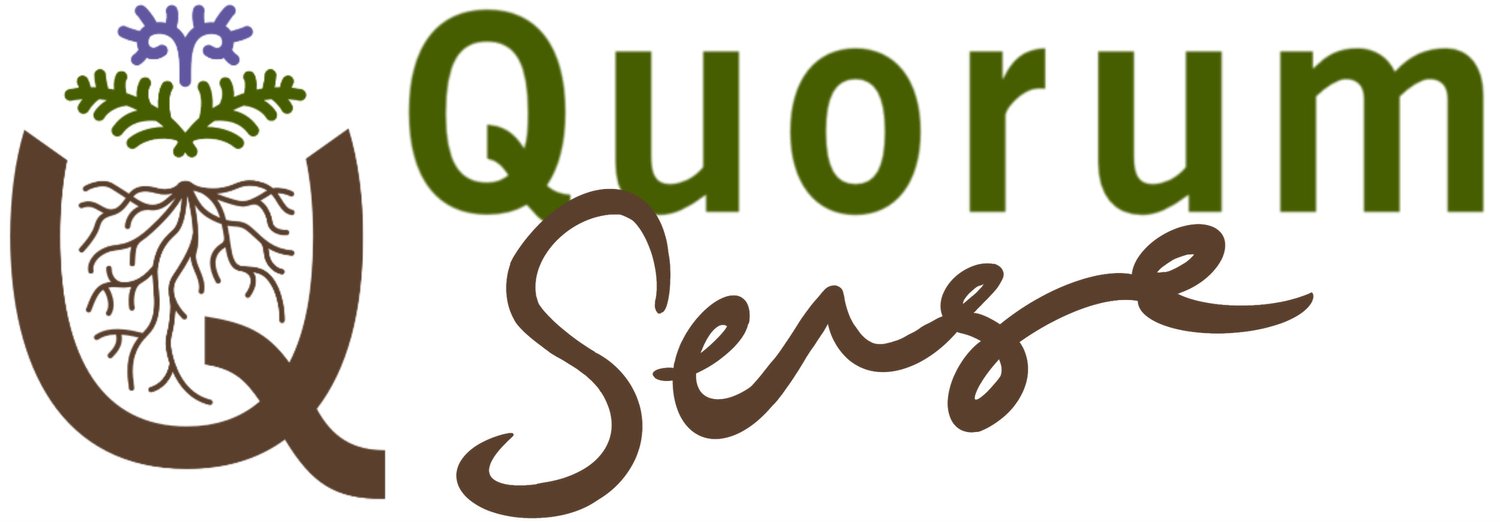General benefits of diversity in cover crops, pastures and forages
Compared to low diversity crops, the use of more diverse crops provide:
improved soil structure and function due to diverse root structures and root exudates (e.g. reduced risk of soil erosion and nutrient loss, improved water infiltration and nutrient cycling)
greater resilience to excess rainfall
more reliable performance in variable or extreme weather - something is likely to grow regardless, even if faced with unusually wet, dry, hot or cold conditions
lower fertiliser and chemical input requirements and associated costs
improved plant health as a result of different plant species mobilising and sharing nutrients and minerals (especially those with deeper roots)
increased soil carbon storage by increasing energy supplied to microbes (for carbon storage processes)
thriving soil microbes fed by diverse roots systems and root exudates
increased biodiversity and abundance (particularly of beneficial insects) from more diverse habitats and food sources
increased drought resilience and crop health from sharing of nutrients, energy and water between species
lower fertiliser and chemical input requirements and associated costs
improved establishment and performance of subsequent crops thanks to deep rooted crop species ‘cultivating’ the soil and providing root channels for subsequent crops or pastures
more connected and healthier farmers, families, and staff - diversity gets people curious about what’s happening in the soil, flowering plants that bring insects and birds makes people feel good, and management is less stressful
